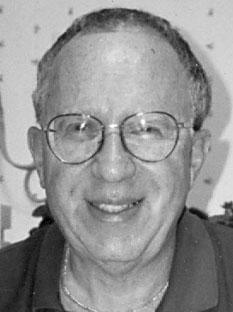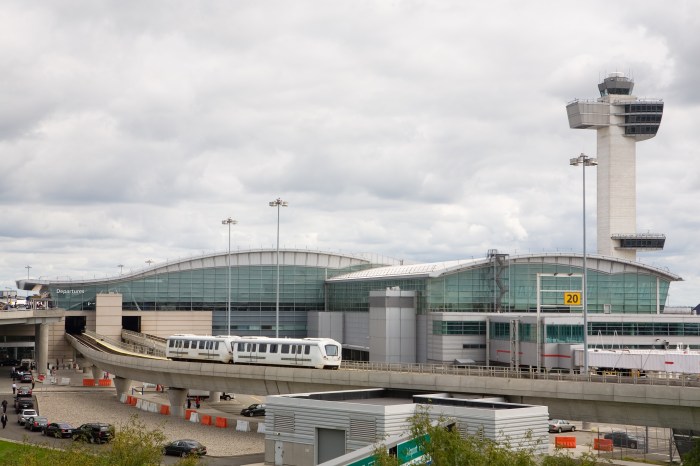By Bob Harris
Community facilities are places given permission to be built because they provide services to the community. They include hospitals, medical facilities, schools, houses of worship and similar institutions. The problem is that when they are built in neighborhoods filled with one- or two-family homes, they can cause problems.
One community facility whose members have been bothering neighbors is St. John’s University. Students rent houses because they do not want to stay in the dorms which SJU built. People buy houses to rent out to students so they can make a lot of money. The law says only three unrelated people can rent a house or apartment. Sometimes up to six students may live in these houses.
Some blocks have little parking so students park on the lawns. Some students have keg parties during which hundreds of students drink and make noise. Even when 911 is called and the police come and disperse the students, they come back a little later. On Halloween, New Year’s Eve or Supper Bowl Sunday, things can get noisy and wild. Some homeowners feel terrified.
The Jamaica Estates Civic Association recently held a meeting attended by homeowners who came from their civic, the West Cunningham Park and Hillcrest Estates civic associations and the Fresh Meadows Homeowners Association. Legislators, 107th Precinct officers, Community Board 8, city Department of Buildings representatives and SJU officials were present. Ideas were given on how to control the problems. As the school year continues, a couple of houses are not renting to students in the West Cunningham Park Civic Association area.
It was pointed out that people who live in the neighborhood and own stores that sell food to the community own these houses, which are destroying these communities. Some houses have stopped renting to students because the DOB gained entry and found illegal construction and more than the legal number of people living there. Some neighbors worked with CB 8 and the city Sanitation Department gave lots of summonses.
Another community facility disturbing the neighborhood is St. Mary’s Hospital in Bayside. Like SJU, this facility was built in a one-family, residential neighborhood. Little parking was provided so cars park all around the area creating pollution, noise and congestion. St. Mary’s provides a valuable service to severely ill children, but being in a residential area, it is a nuisance.
The law governing community facilities was revised a few years ago due to the activities of the civic associations affected unfavorably by them. Community facilities in low-density residential communities are supposed to provide adequate parking, but due to double-speak the city Board of Standards and Appeals often grants variances to the zoning law and the Department of City Planning will not further change the zoning laws regarding community facilities. Since community facilities are supposed to be good for the community, the zoning resolution permits them to be built — sometimes even larger than the residential houses in the community.
Some homeowners are suing St. Mary’s. Some people are saying it is terrible that a lawsuit will slow down the building of a facility for children in need. Homeowners say their way of life is being affected by this facility. The plans call for 58 more parking spaces, but will this be enough? They talk about better traffic flow, but how much traffic?
GOOD AND BAD NEWS OF THE WEEK: The owner of a concrete testing company was recently sentenced to 21 years in prison for falsifying tests on the strength of concrete and steel used in countless projects in the city. It is hard to fathom that a testing company falsified test results as skyscrapers, hospitals, schools and subways were built.
The city says it tested the material and the projects are fine, but I wonder. My feelings are that the real strength of the steel and concrete will not be known for decades until one day an earthquake will cause some of these buildings to collapse. We may never know if the material was substandard and caused structures to collapse. Americans do not understand that saving money on cheap products may not be the best thing to do.
Some people say there are too many rules that inhibit the growth of businesses. We see how a lack of government oversight gave us improperly tested concrete and steel. What we need is more government checking and testing, not less.



































